Introduction
The Black Ram Cichlid, scientifically known as Mikrogeophagus ramirezi, is a captivating freshwater fish species admired by aquarists worldwide. Known for its striking appearance and dynamic behavior, the Black Ram Cichlid makes a fascinating addition to any aquarium. This guide delves into the essential aspects of caring for this unique fish, from its natural habitat to ideal tank conditions, feeding, and breeding.
Discovery and Development
The Black Ram Cichlid, a variant of the German Blue Ram, was first described in 1948 by the renowned ichthyologists George S. Myers and Robert R. Harry. Native to the Orinoco River basin in Venezuela and Colombia, these fish were initially collected from slow-moving, warm waters rich in vegetation. Over the years, selective breeding in captivity has led to various color morphs, including the striking Black Ram Cichlid. This variant, characterized by its deep black coloration and shimmering blue highlights, has become highly sought after by aquarists for its unique beauty.

Natural Habitat
In the wild, Black Ram Cichlids thrive in warm, slow-moving waters with plenty of vegetation and hiding spots. These environments provide the necessary cover and resources for the fish to feel secure and exhibit natural behaviors. Understanding their natural habitat is crucial for recreating a comfortable and stimulating environment in home aquariums.
Physical Appearance
The Black Ram Cichlid is renowned for its stunning black coloration, complemented by a shimmering blue hue that highlights its scales. Adult males are generally larger and more vibrant than females, boasting extended dorsal fins and brighter colors. This striking appearance not only adds aesthetic value to your aquarium but also makes them a focal point for any aquascape.
Tank Setup and Conditions
Creating the perfect environment for your Black Ram Cichlid involves several key factors:
Tank Size
A minimum tank size of 75 liters (20 gallons) is recommended for a pair of Black Ram Cichlids. This space allows them to establish territories and reduces stress.
Water Parameters
- Temperature: Maintain a stable temperature between 24°C to 28°C (75°F to 82°F).
- pH Level: The ideal pH range is 5.5 to 7.0, mimicking their natural acidic waters.
- Water Hardness: Soft to moderately hard water, ranging from 2 to 12 dGH, is optimal.
Filtration and Aeration
Effective filtration is crucial for maintaining water quality, while moderate aeration ensures adequate oxygen levels. Consider using a sponge filter to prevent strong currents that can stress the fish.
Substrate and Decor
A sandy substrate is ideal for Black Ram Cichlids, as it mimics their natural riverbed. Incorporate plenty of plants, driftwood, and caves to provide hiding spots and reduce aggression. Live plants like Amazon Swords and Java Fern not only enhance the aesthetic but also help maintain water quality.
Feeding
Black Ram Cichlids are omnivorous, requiring a balanced diet to stay healthy and vibrant. Offer a variety of foods, including:
- High-Quality Pellets: Specially formulated cichlid pellets.
- Frozen and Live Foods: Bloodworms, brine shrimp, and daphnia.
- Live Foods: Small insects, mosquito larvae, and worms.
- Vegetables: Blanched spinach and peas.
Feed them small amounts 2-3 times a day to prevent overfeeding and maintain water quality.
Breeding
Breeding Black Ram Cichlids can be a rewarding experience, though it requires specific conditions:
Sexual Dimorphism
Identifying males and females is crucial for successful breeding. Here are the key differences:
- Males: Larger, more vibrant coloration, and extended dorsal fins. Males also tend to have a more elongated body shape.
- Females: Smaller, with a rounder belly, especially noticeable when ready to spawn. Females often display a pinkish hue on their abdomen.
Pair Selection
Allow the fish to form pairs naturally for the best results. Placing multiple young Black Ram Cichlids together will let them select their own mates, which increases the likelihood of successful breeding.
Spawning Site
Provide flat rocks or broad leaves where females can lay eggs. The parents will clean the site before spawning.
Water Conditions
Slightly lower the pH and raise the temperature to 28°C (82°F) to encourage spawning. Maintain soft water to mimic their natural breeding conditions.
After spawning, parents will guard the eggs and fry diligently. Remove other tank mates to prevent stress and potential predation.
Common Health Issues
Maintaining pristine water quality and a balanced diet is crucial to prevent common health issues such as:
- Ich (White Spot Disease): Treat with temperature increase and ich medication.
- Bacterial Infections: Regular water changes and maintaining cleanliness can prevent these.
Conclusion
The Black Ram Cichlid is a stunning and captivating addition to any freshwater aquarium. By understanding their natural habitat, ideal tank conditions, feeding habits, and breeding requirements, you can ensure these beautiful fish thrive and bring vibrant life to your aquatic world. Whether you’re a seasoned aquarist or a beginner, the Black Ram Cichlid offers an enriching and visually rewarding experience.

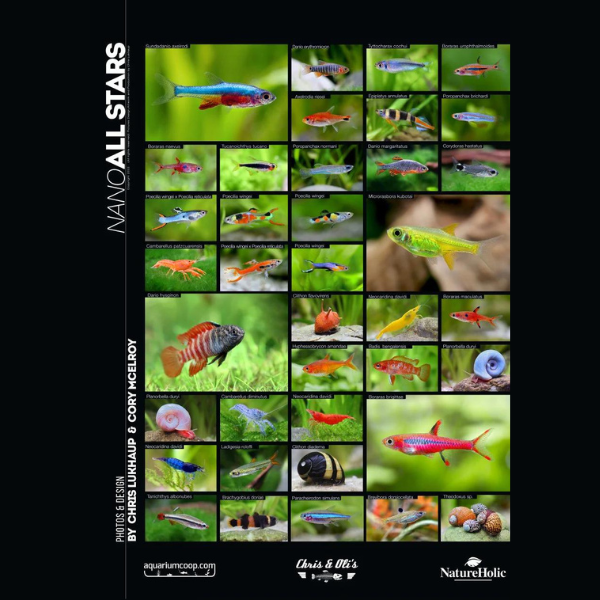
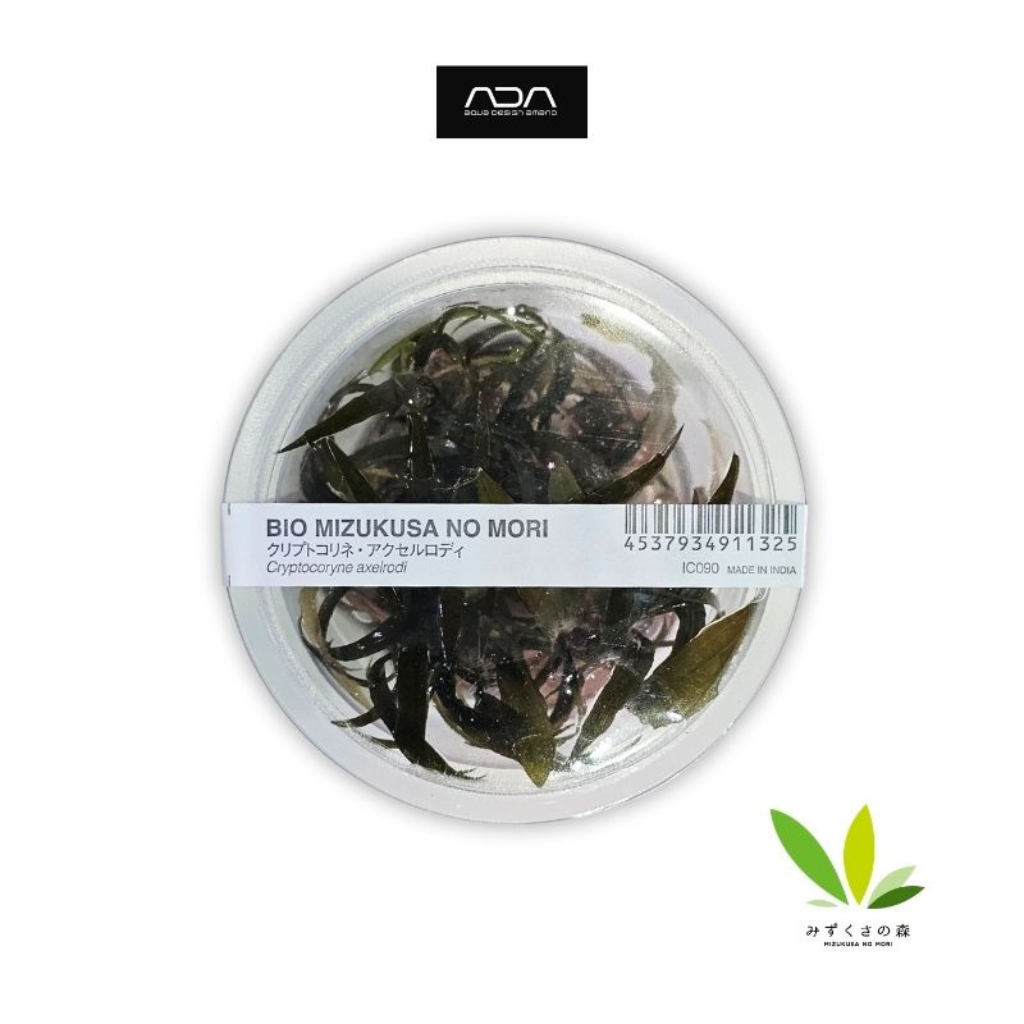
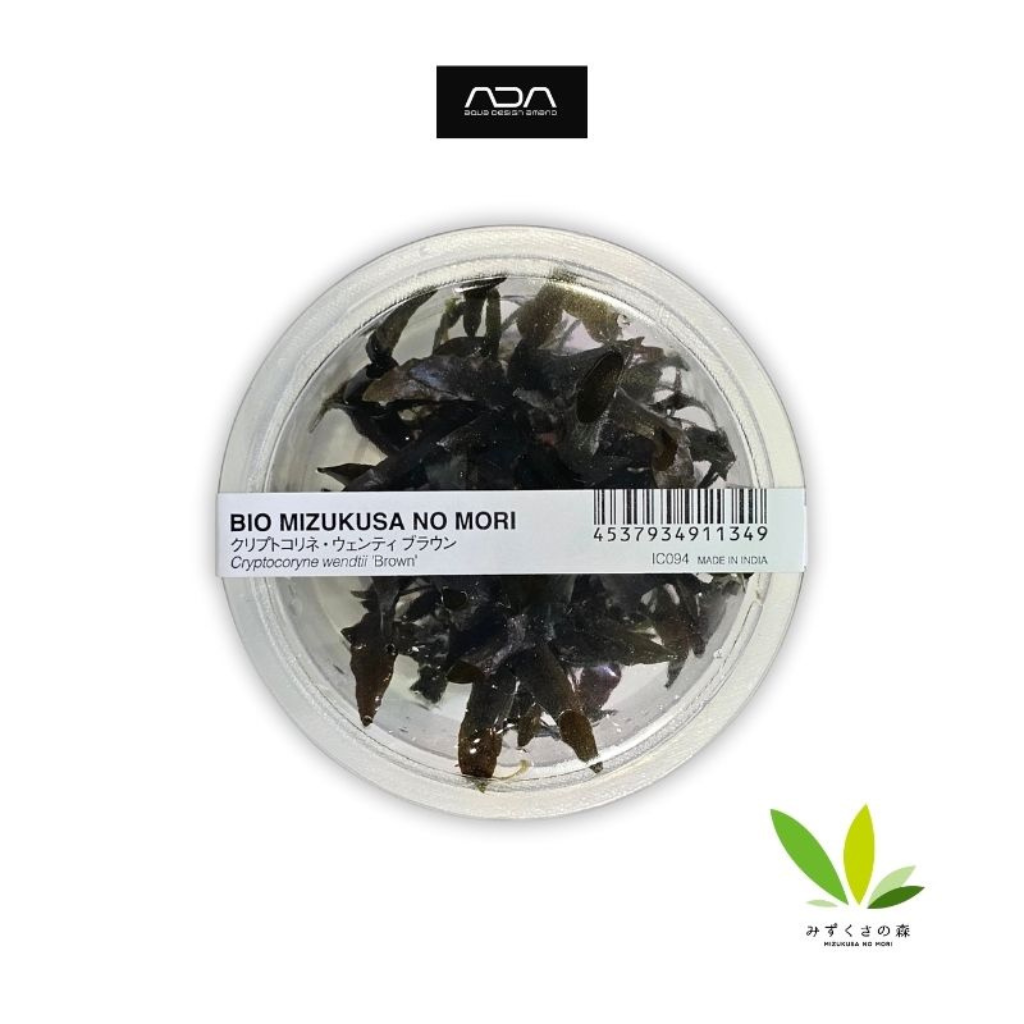
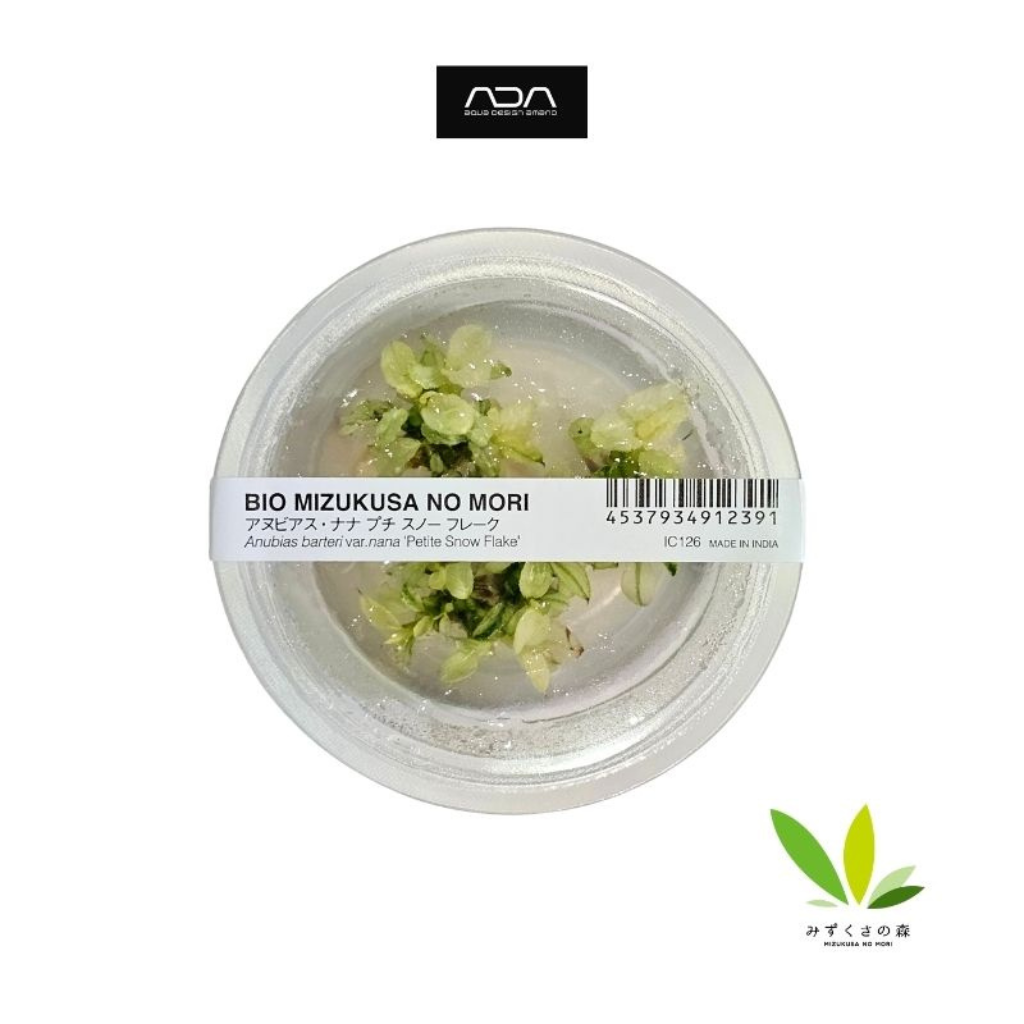
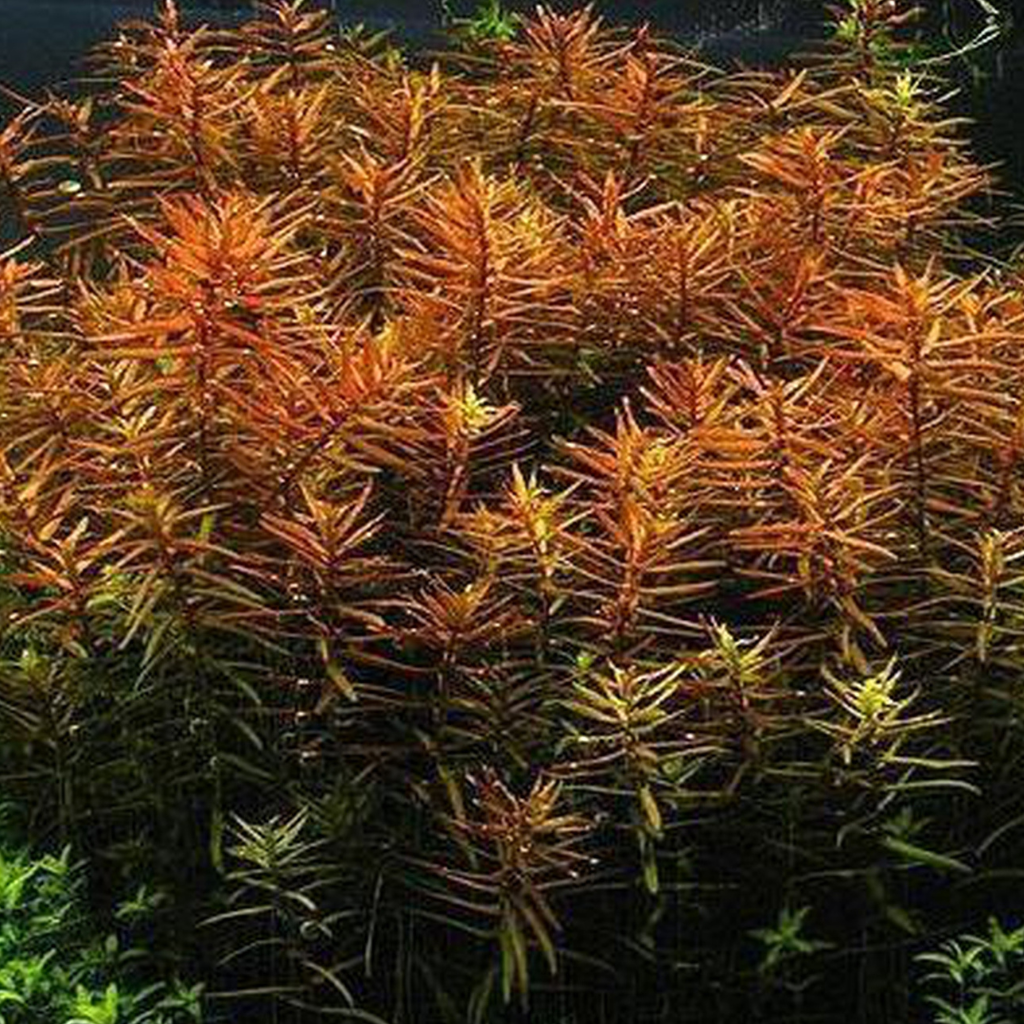
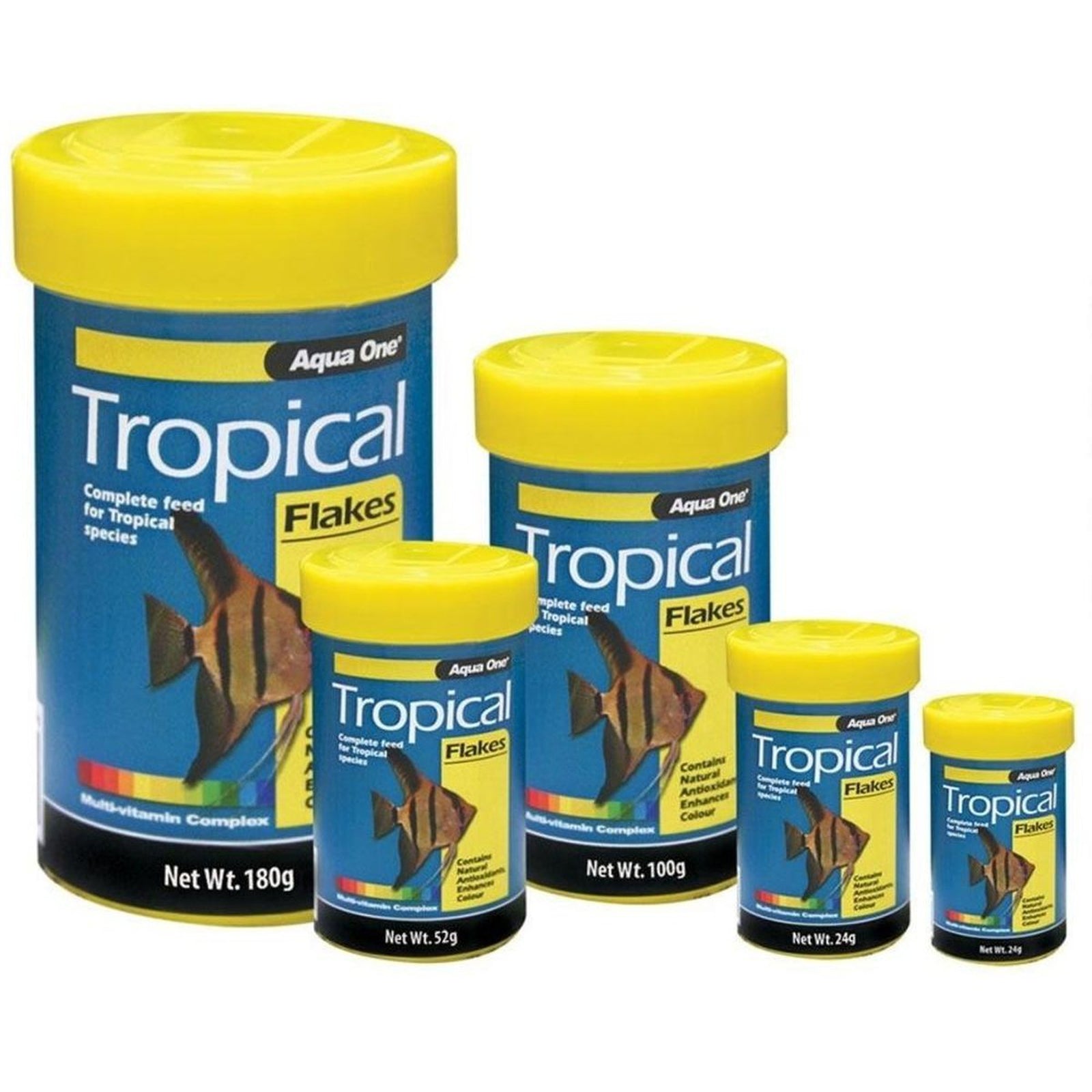

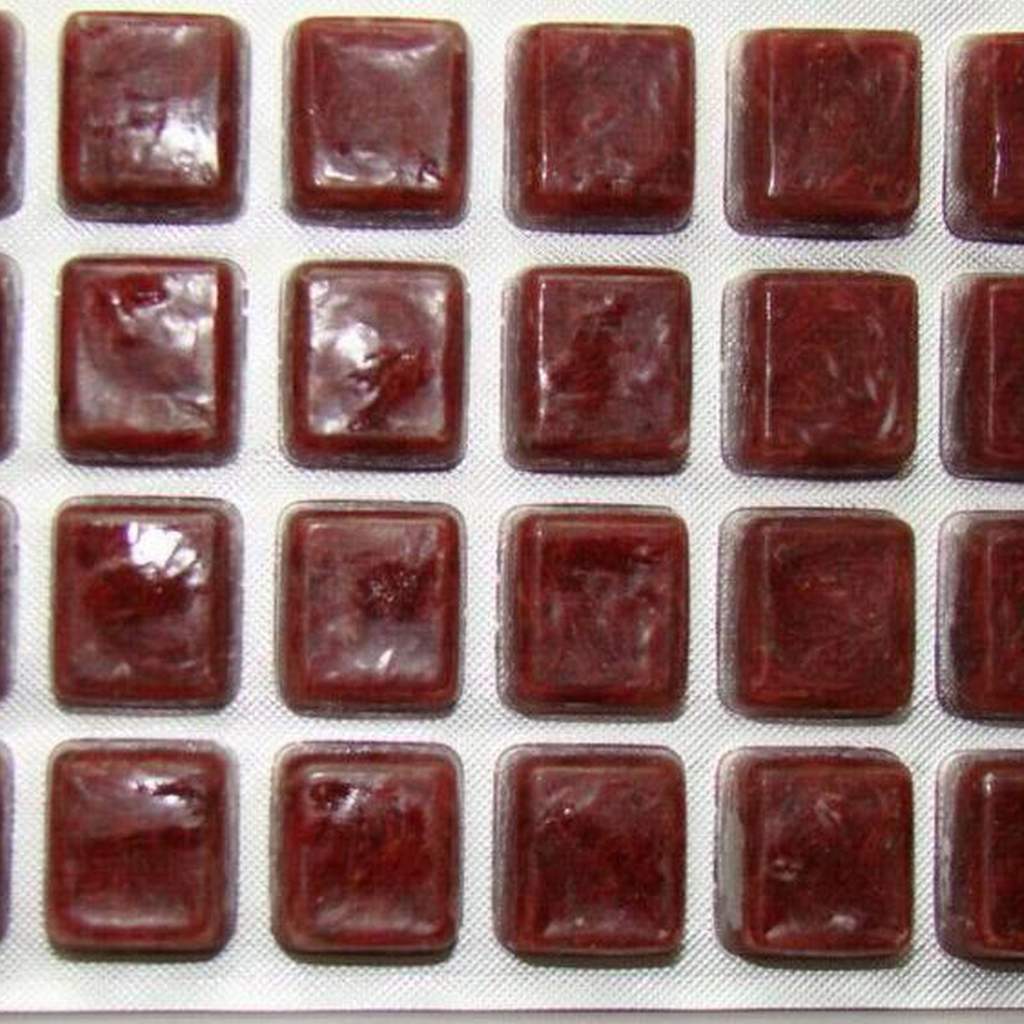





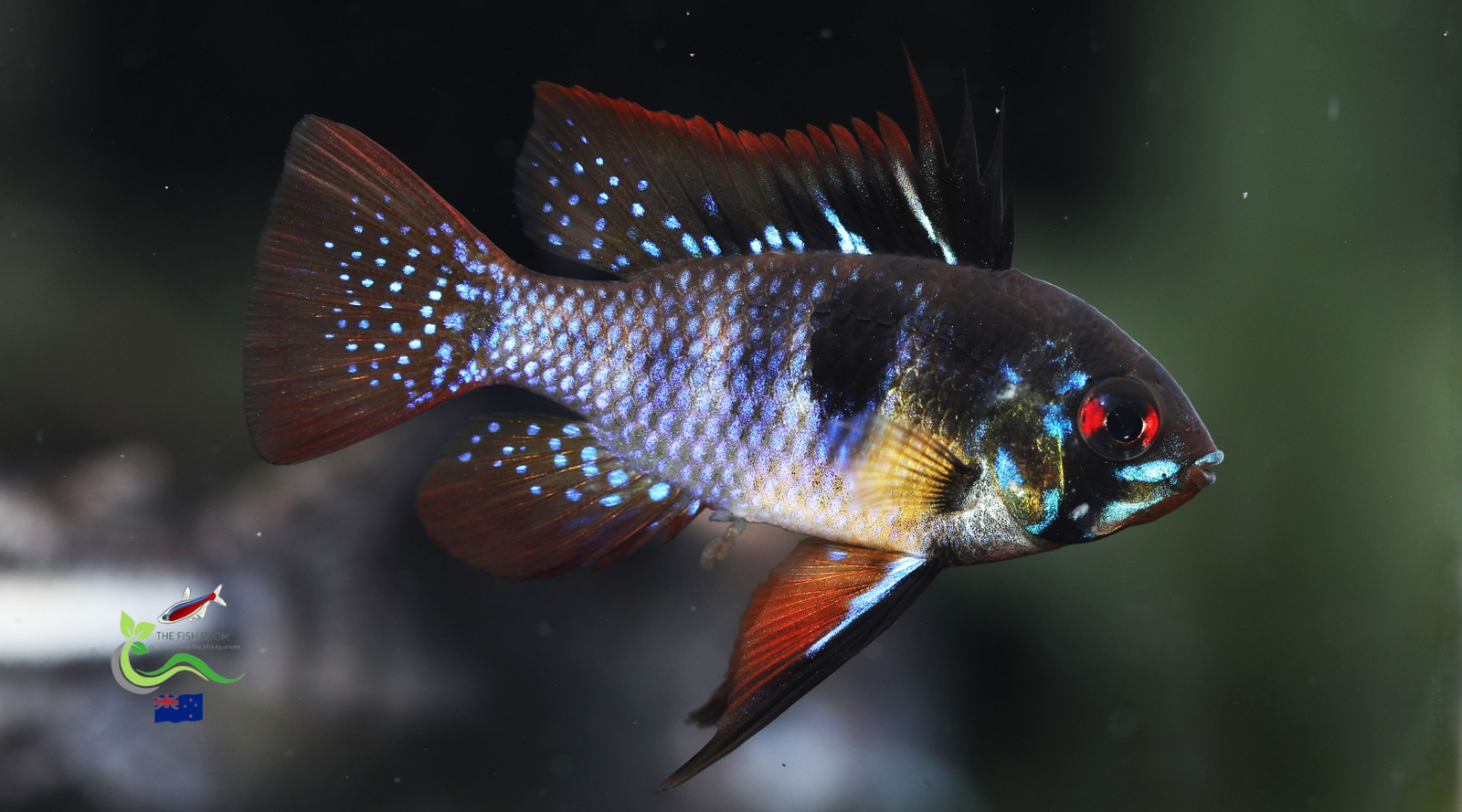
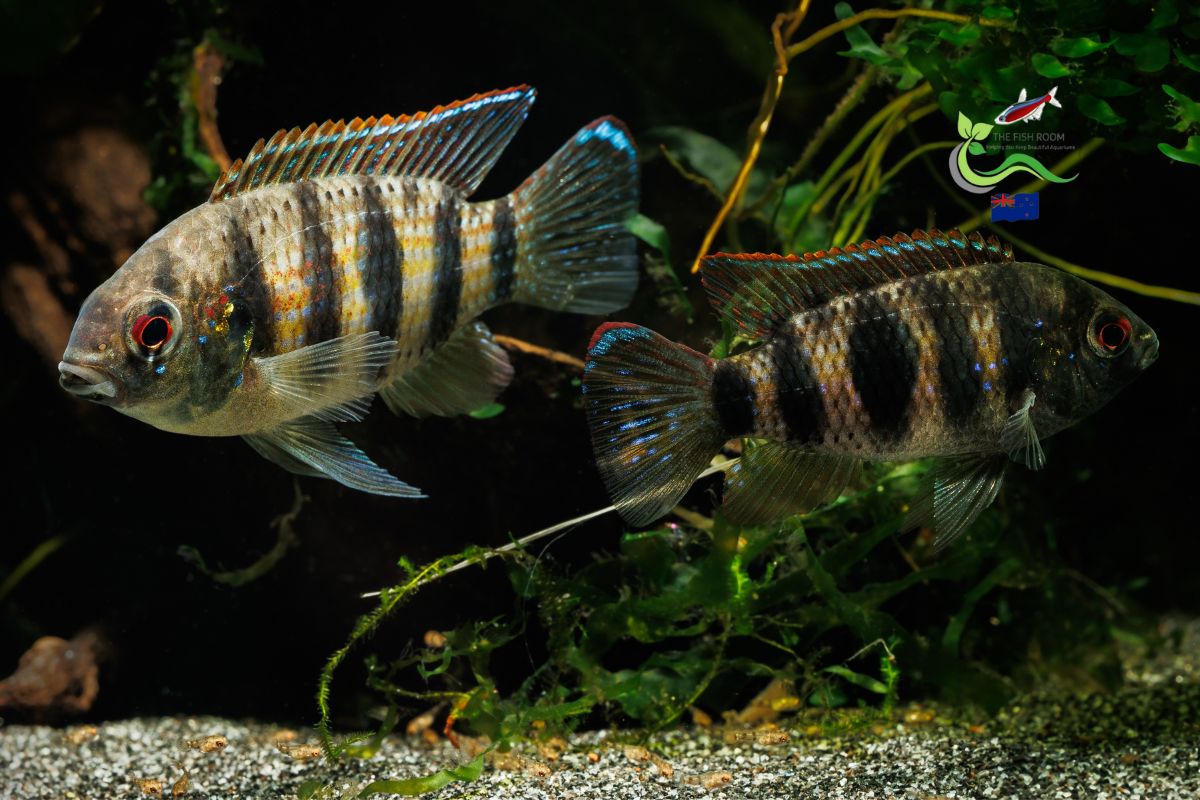
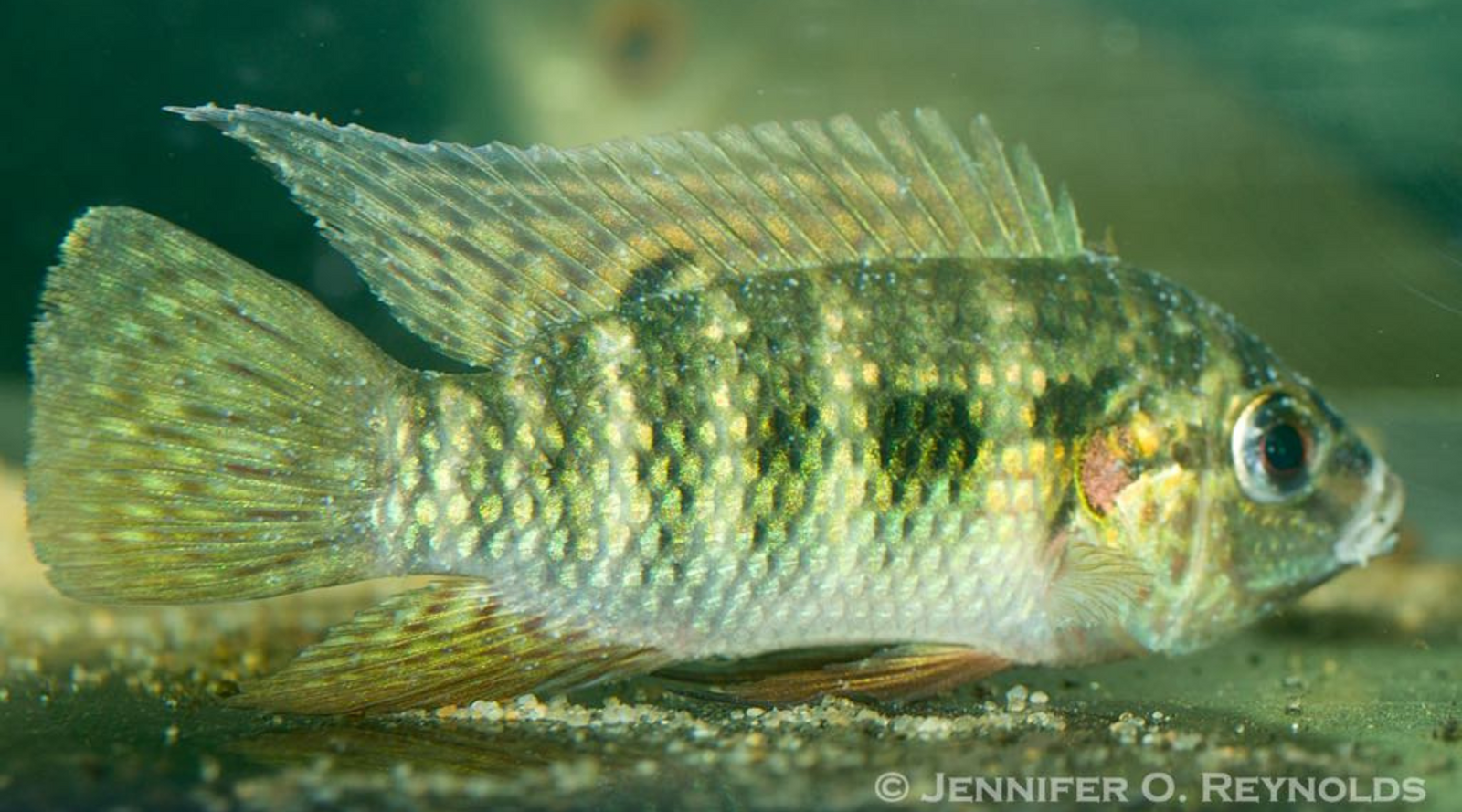
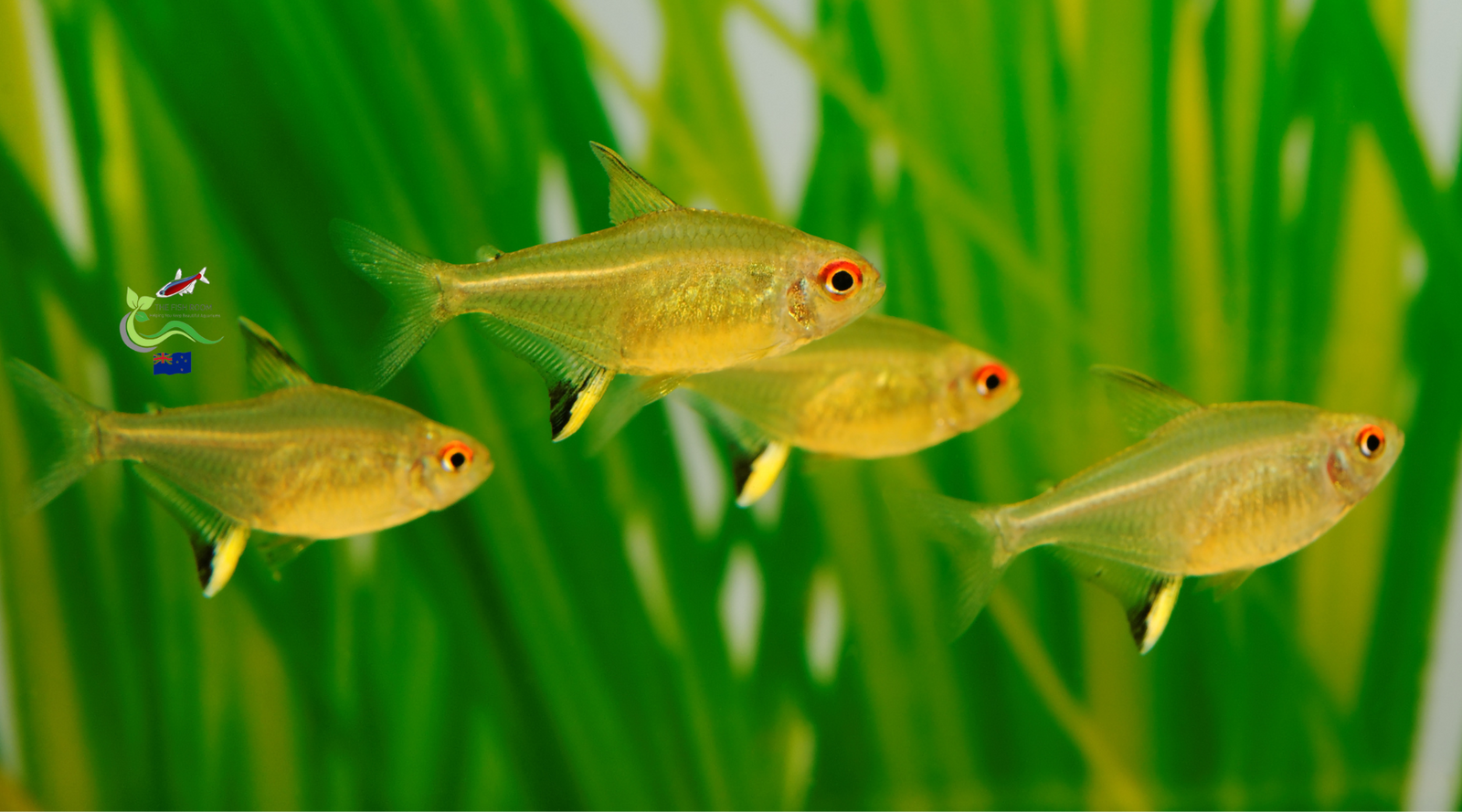
Leave a comment (all fields required)